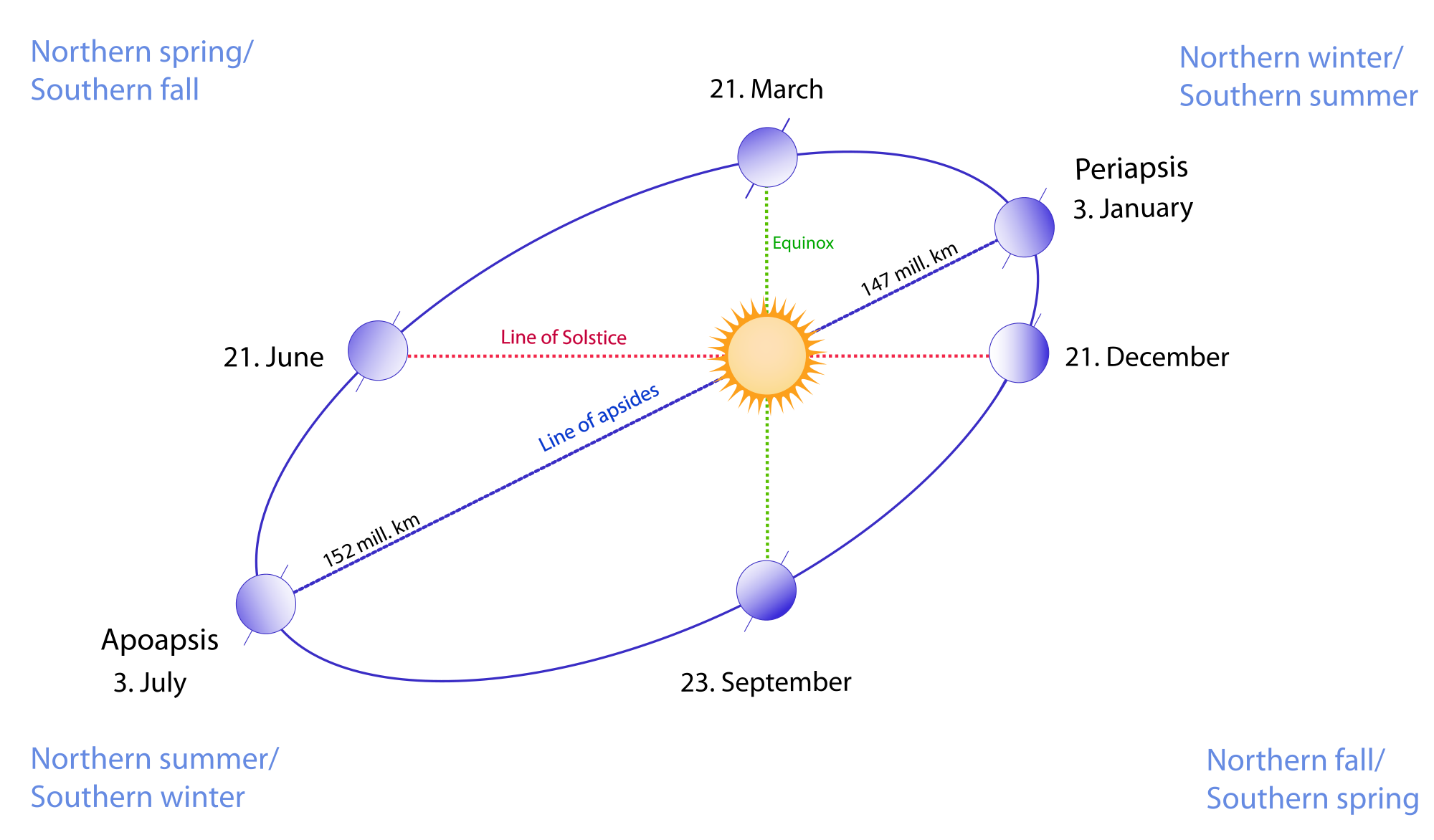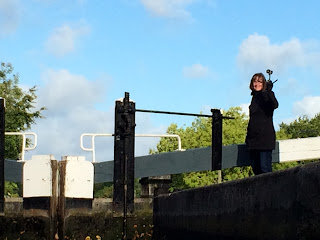We recently returned from a trip to the UK. Like all times away from home for me, that trip took me out of myself a little, and gave me new perspective. One of the benefits of travel, I guess.
Parallel history... what was happening somewhere in the US when...
First of all, 1779 is a common late year that you'd encounter in the UK. Here, this is Iron Bridge - the first bridge to be made of cast iron in the world. Industry sufficiently advanced to create the huge castings this thing required shows just how far things had progressed in the UK. While the bridge was being built, the Revolutionary War was raging on the US east coast. And it had been only 3 years since the first western building of any kind had been raised at San Francisco. It would be 13 years in the future when George Vancouver would bring HMS
Discovery into Puget Sound for the first time, making it known to the western world.
But as I said, the 18th century is late times in the UK. Let's step back a little further, 240 years further back.
 |
| Ruins of St. Mary's Abbey, York |
In 1539, St. Mary's Abbey in York was
destroyed by King Henry VIII (it had been
built some 300 years earlier...). This was only 47 years after Christopher Columbus had chartered three boats from Queen Isabella (obligatory sailing reference, check!) and come ashore for the first time in the West Indies, revealing the existence of the New World. On the US east coast, west coast, and Puget Sound, First Nations peoples had yet to see westerners. Longhouses were the architectural pinnacle in North America.
OK, let's step back another couple centuries, to 1312, when one William Binnoch snuck some warriors into Linlithgow castle in a hay wagon to take it for Robert the Bruce (see the movie Braveheart for a visual portrayal of the era, tho not this incident). Why do I bring this up? Because Binnoch was a forbear of mine on my mother's side. For his efforts, Robert the Bruce awarded Binnoch 1000 acres near Linlithgow, at Ecclesmachan.
 |
| Ecclesmachan - part of the Binnoch grant |
What else was happening in the world then? The New World was not even Terra Incognita - its existence was not even suspected. Marco Polo was eleven years from his death and Kublai Khan reigned in the far east. Saint Thomas Aquinas died some 39 years earlier.
OK, now a bigger step - back to AD 50 when the Romans did their first construction at Bath, site of a natural hot spring in southwestern England. The Roman Baths are a World Heritage site and are very well managed.
 |
| Are those two Roman ladies? |
We are now two millenia into the past; the Romans rule the Known World, Christ recently died, and a Roman slave named Spartacus escaped with seventy-seven other prisoners and seized control of nearby Mount Vesuvius.
And finally, this:
The first construction at Stonehenge proper was in about 3000 BC, when a circular ditch about 100 yards in diameter was constructed. About 500 years later the first of the big stones were raised. But Stonehenge is not the first prehistoric structure on the Salisbury plain. Other structures have been dated as early as 3800 BC, and new discoveries in Durington Walls (a couple of miles from Stonehenge) could push this back to 4500 BC - we are approaching the end of the last Ice Age here.
In this period, the city states of
Sumer and the kingdom of
Egypt were established and grew to prominence.
Agriculture spread widely across
Eurasia.
World population in the course of the millennium doubled, from approximately 7 to 14 million people.
Ötzi the Iceman died near the present-day border between Austria and Italy, and silver was discovered.
This trip made me dizzy - I feel as tho I am standing on the edge of a very high cliff, looking down into the past. And in Great Britain, that view goes a long,
long way down.

Perspective



























































